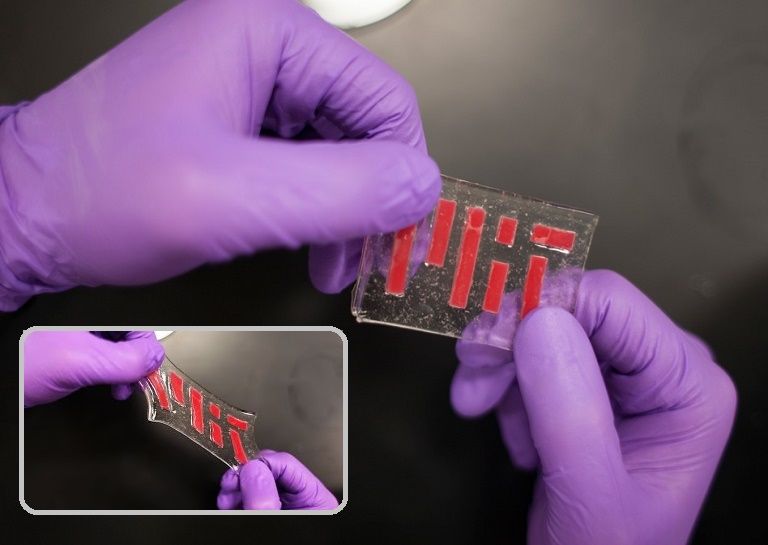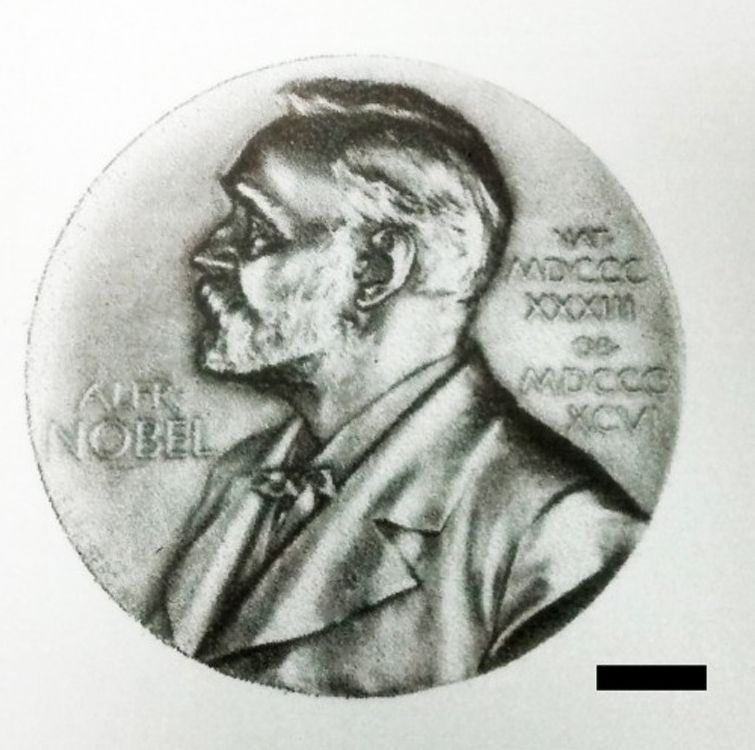Archive for the ‘materials’ category: Page 269
Feb 11, 2017
3D Printing Will Change The Way We Make Things And Design Them In 2017
Posted by Klaus Baldauf in categories: 3D printing, materials
3D printing is profoundly changing not just how we make things, but how we design them as well. As well as saving materials, time, water and waste, it is also opening up possibilities for new products and is set to unleash a wave of innovation in the industrial sector.
Feb 9, 2017
Novel quantum state in strange insulating materials
Posted by Karen Hurst in categories: materials, quantum physics
Experiments show how electrons in Mott insulators with strong spin-orbit coupling arrange themselves to make the materials magnetic at low temperatures. The work helps bring us closer to a more complete quantum theory of magnetism.
Feb 9, 2017
Determining the nature of the gap in semiconducting graphene
Posted by Karen Hurst in category: materials
Making small graphene devices more of a reality.
Since its discovery, graphene has held great promise as a two-dimensional (2D) metal with massless carriers and, thus, extremely high-mobility that is due to the character of the band structure that results in the so-called Dirac cone for the ideal, perfectly ordered crystal structure.
Feb 9, 2017
CP Symmetry Between Material and Anti Material Copy Universes Combined with Local-and Multi-Universal Cycle Time
Posted by Karen Hurst in category: materials
Excellent write up on matter–antimatter differences.
Official Full-Text Publication: CP Symmetry Between Material and Anti Material Copy Universes Combined with Local-and Multi-Universal Cycle Time on ResearchGate, the professional network for scientists.
Feb 8, 2017
World’s First 3D Printed Concrete Pedestrian Bridge Opens in Spain
Posted by Karen Hurst in categories: 3D printing, materials
3D printed bridge in Spain. Could this some day be our answer to reducing costs around US state and county infrastructure costs related to bridges and other structural repairs related to infrastructure?
The pedestrian crossing 3D-printed bridge installed in the urban park of Castilla La Mancha in Madrid, Spain, back in December is now ready to be used.
The 39-foot-long bridge was printed in micro-reinforced concrete at the Institute for Advanced Architecture of Catalonia.
Continue reading “World’s First 3D Printed Concrete Pedestrian Bridge Opens in Spain” »
Feb 4, 2017
MIT Researchers Develop a Tough Hydrogel Hybrid That Never Dries Out
Posted by Karen Hurst in categories: futurism, materials

Constantly changing contact lenses is annoying and tedious. MIT developed a new hydrogel that could be the future of longer lasting contacts.
Feb 3, 2017
Water-based and biocompatible 2D inks for printed electronics
Posted by Karen Hurst in categories: electronics, materials
Luv this.
Researchers at The University of Manchester have developed a method of producing water-based and inkjet printable 2D material inks, which could bring 2D crystal heterostructures from the lab into real-world products.
Examples include efficient light detectors, and devices that are able to store information encoded in binary form which have been demonstrated, in collaboration with the University of Pisa.
Continue reading “Water-based and biocompatible 2D inks for printed electronics” »
Feb 3, 2017
This graphene dress lights up when you breathe
Posted by Karen Hurst in categories: 3D printing, materials
Wonder which 3D printer she used?
Together with scientists, fashion designers have used graphene — a Nobel-Prize winning material that’s tougher than diamonds — to give their LBD a high-tech cut.
“We are trying to showcase the amazing properties of graphene,” Francesca Rosella, the co-founder of fashion company CuteCircuit, told CNN.
Continue reading “This graphene dress lights up when you breathe” »
Feb 3, 2017
Graphene Infrared Eye Needs No Signal Amplification
Posted by Karen Hurst in category: materials
Graphene is extremely versatile and ideal for biosensor technology, BMI, etc. we really have just began understanding its capabilities.
An international team of researchers under the umbrella of the EU-funded Graphene Flagship have taken a significant step in thermal infrared (IR) photodetctors with the development of the most sensitive uncooled graphene-based thermal detector yet fabricated. These new photodetectors, known as bolometers, are so sensitive that they can register the presence of a scant few nanowatts of radiation. That level of radiation is about a thousandth of what would be given off by a hand waving in front of the detector.
In the research described in the journal Nature Communications, scientists from the University of Cambridge, UK; the Institute of Photonic Sciences (ICFO), Spain; the University of Ioannina, Greece; and from Nokia and Emberion found that the combination of graphene and pyroelectric materials—which generate a voltage when they are heated or cooled—yields a unique synergy that boosts the performance of thermal photodetectors.
Continue reading “Graphene Infrared Eye Needs No Signal Amplification” »














